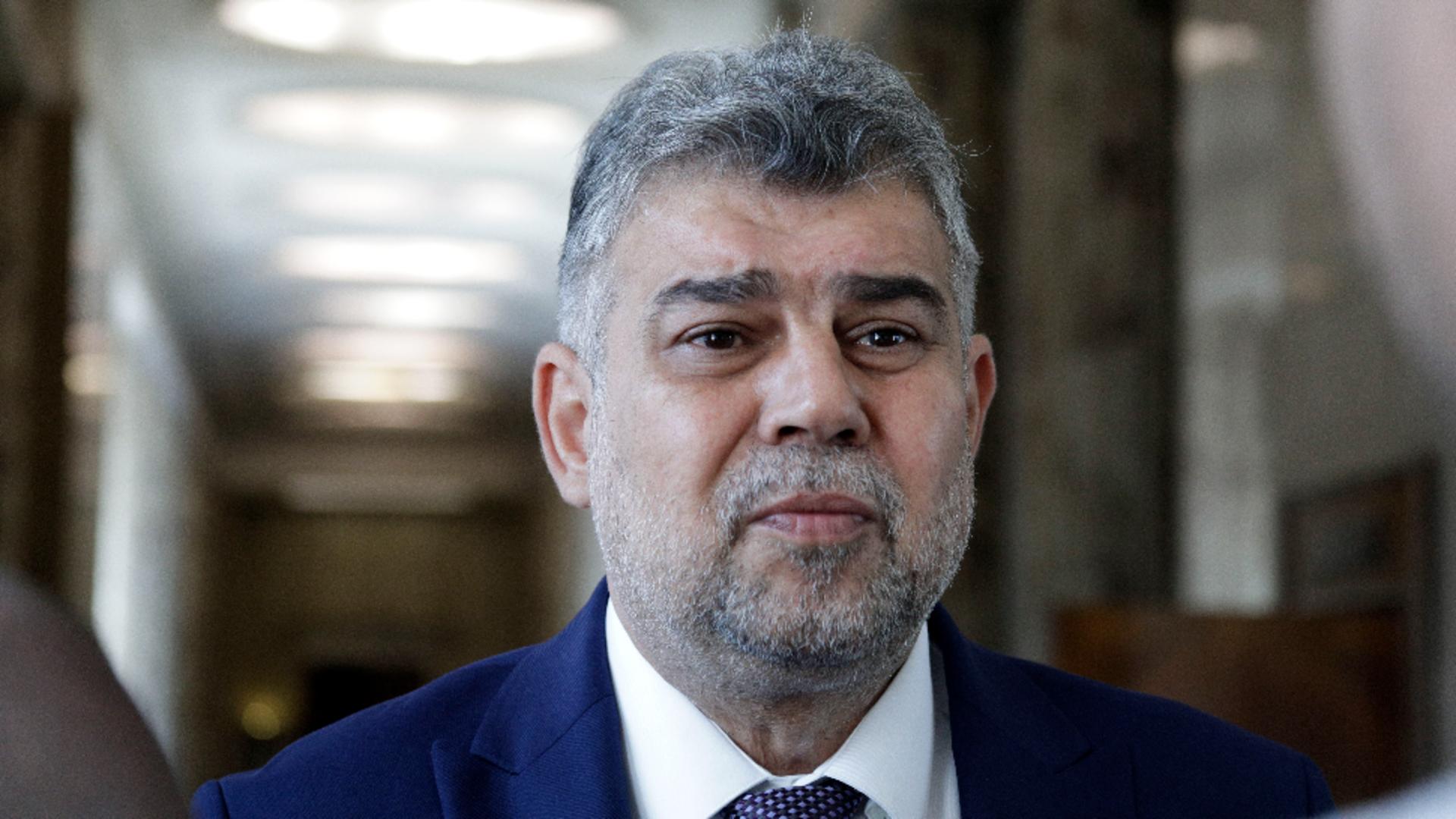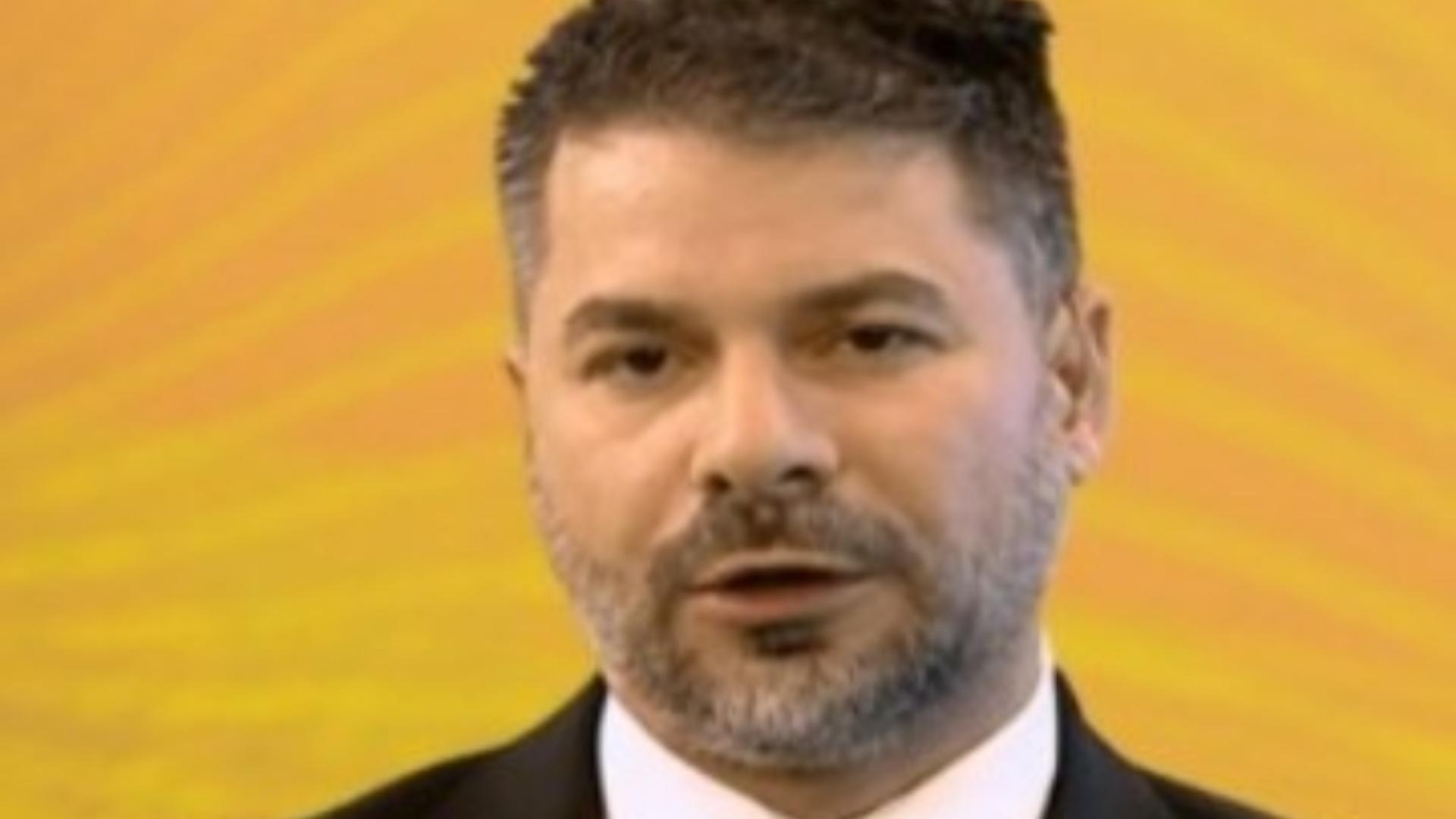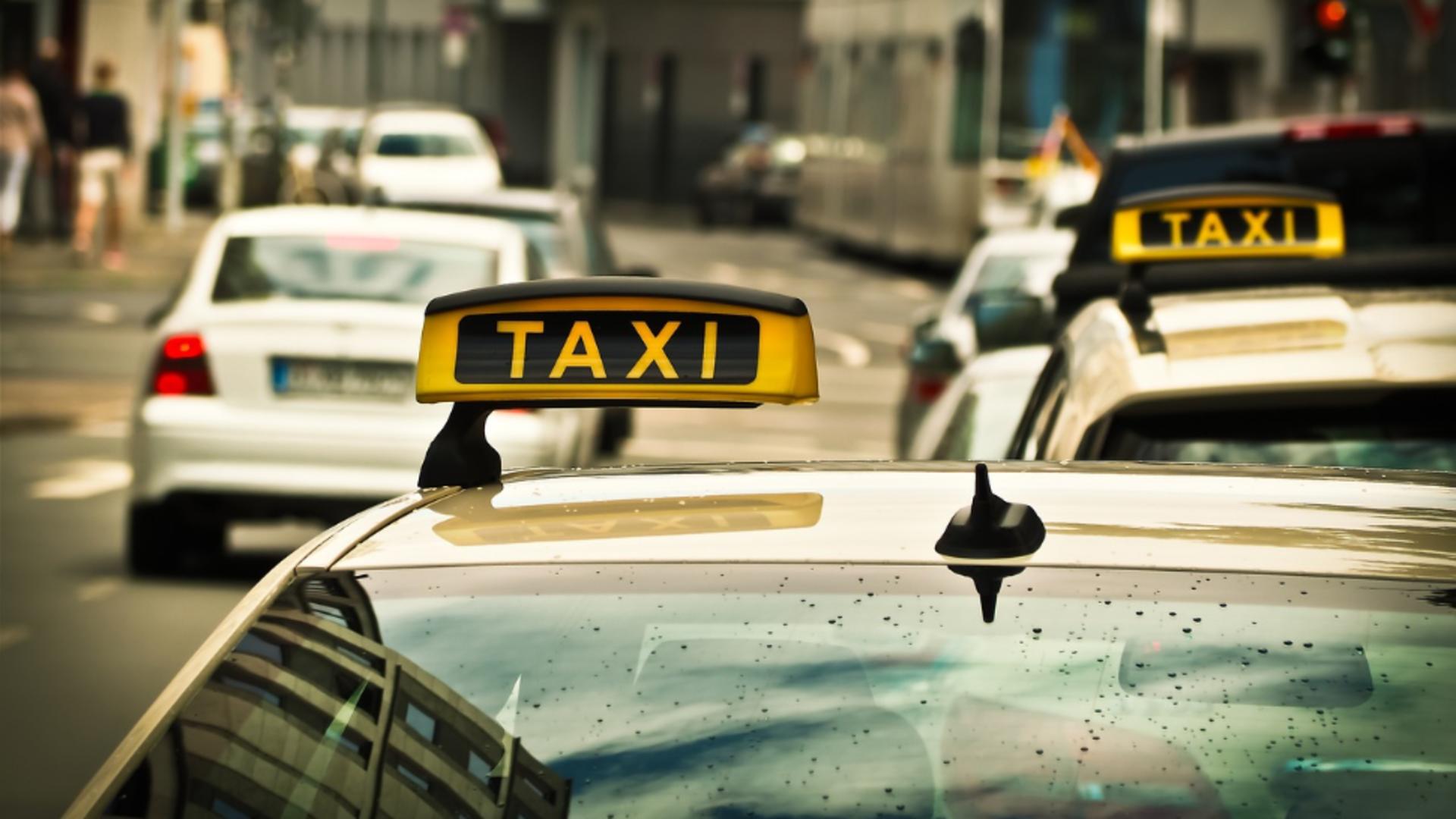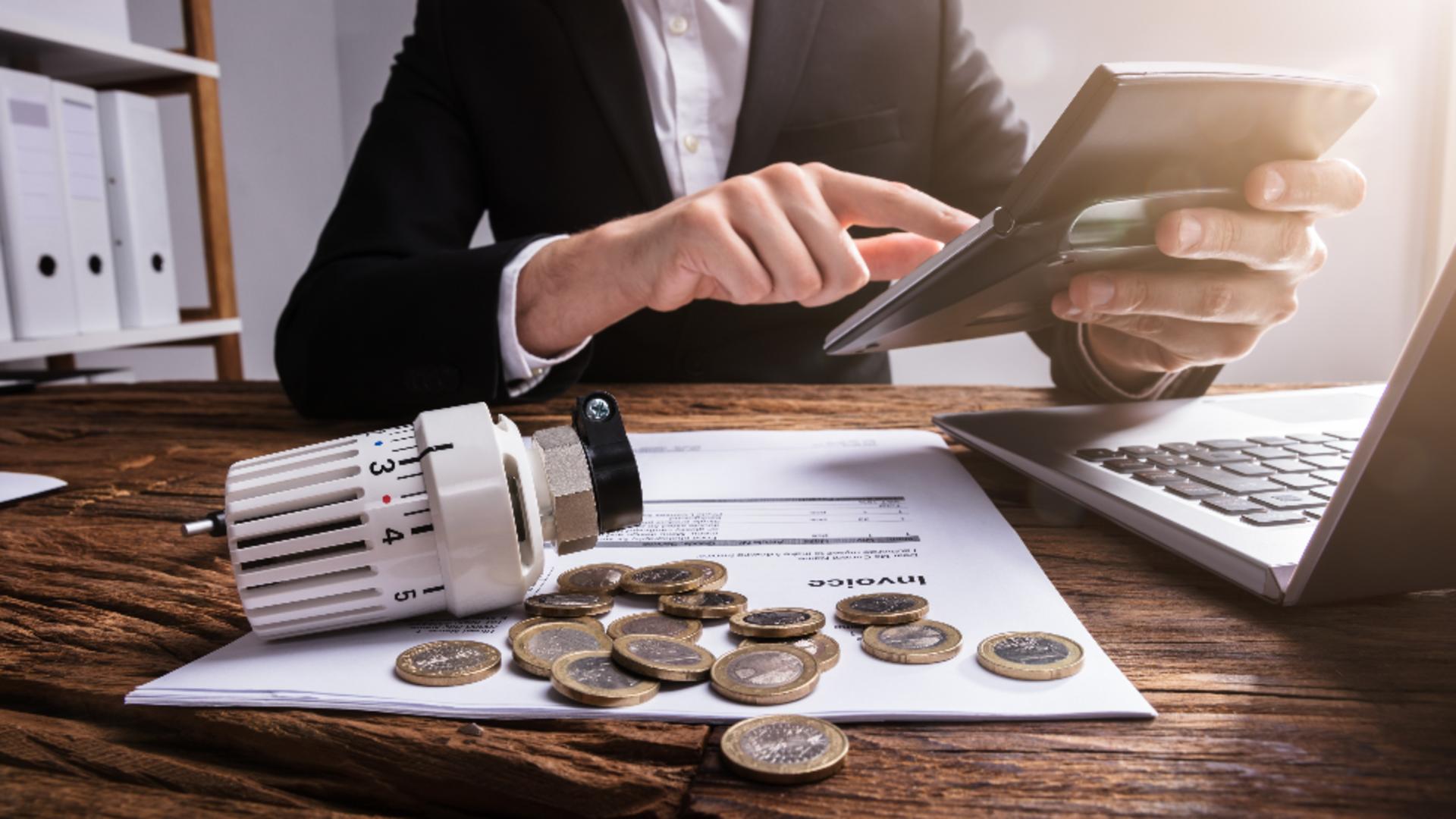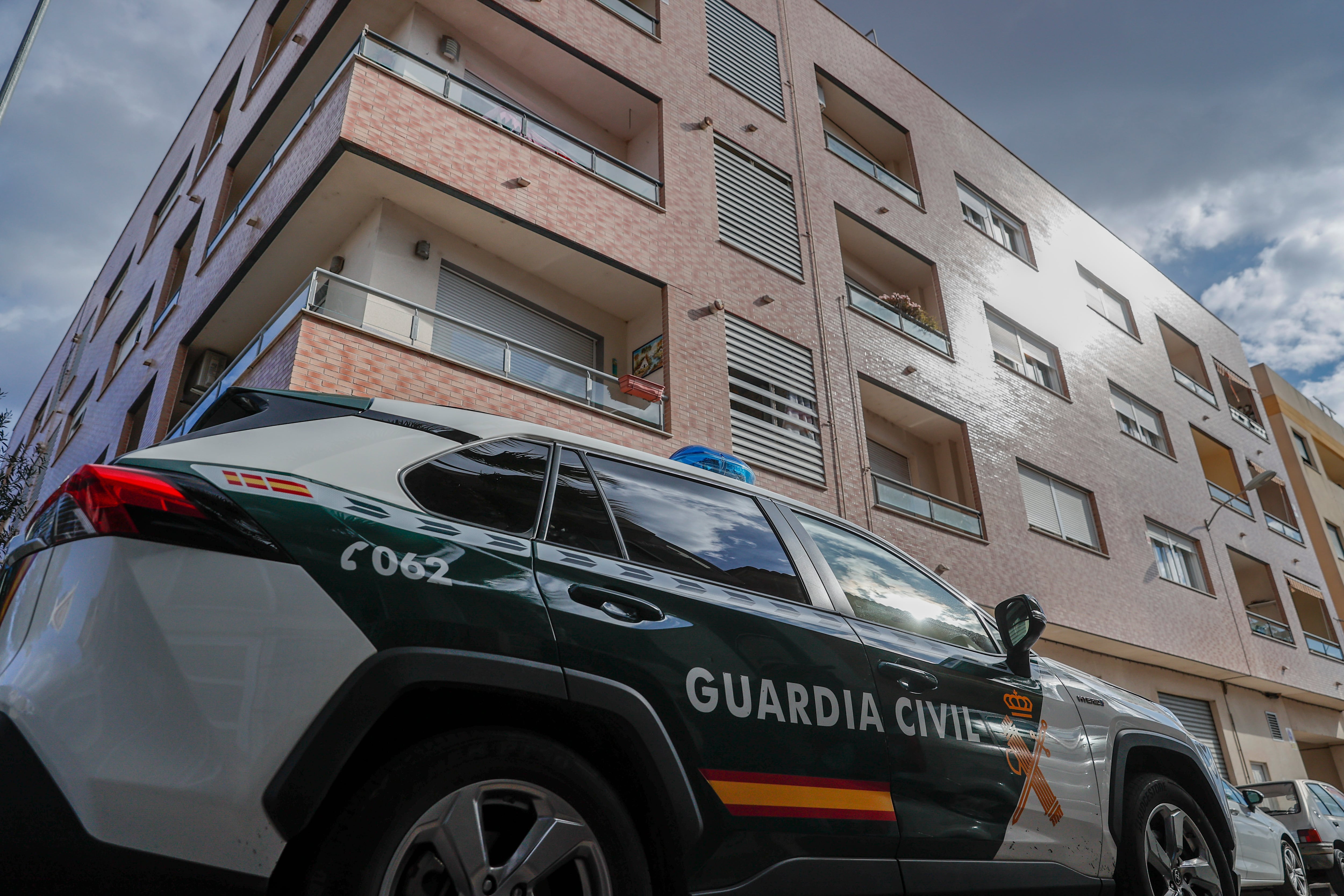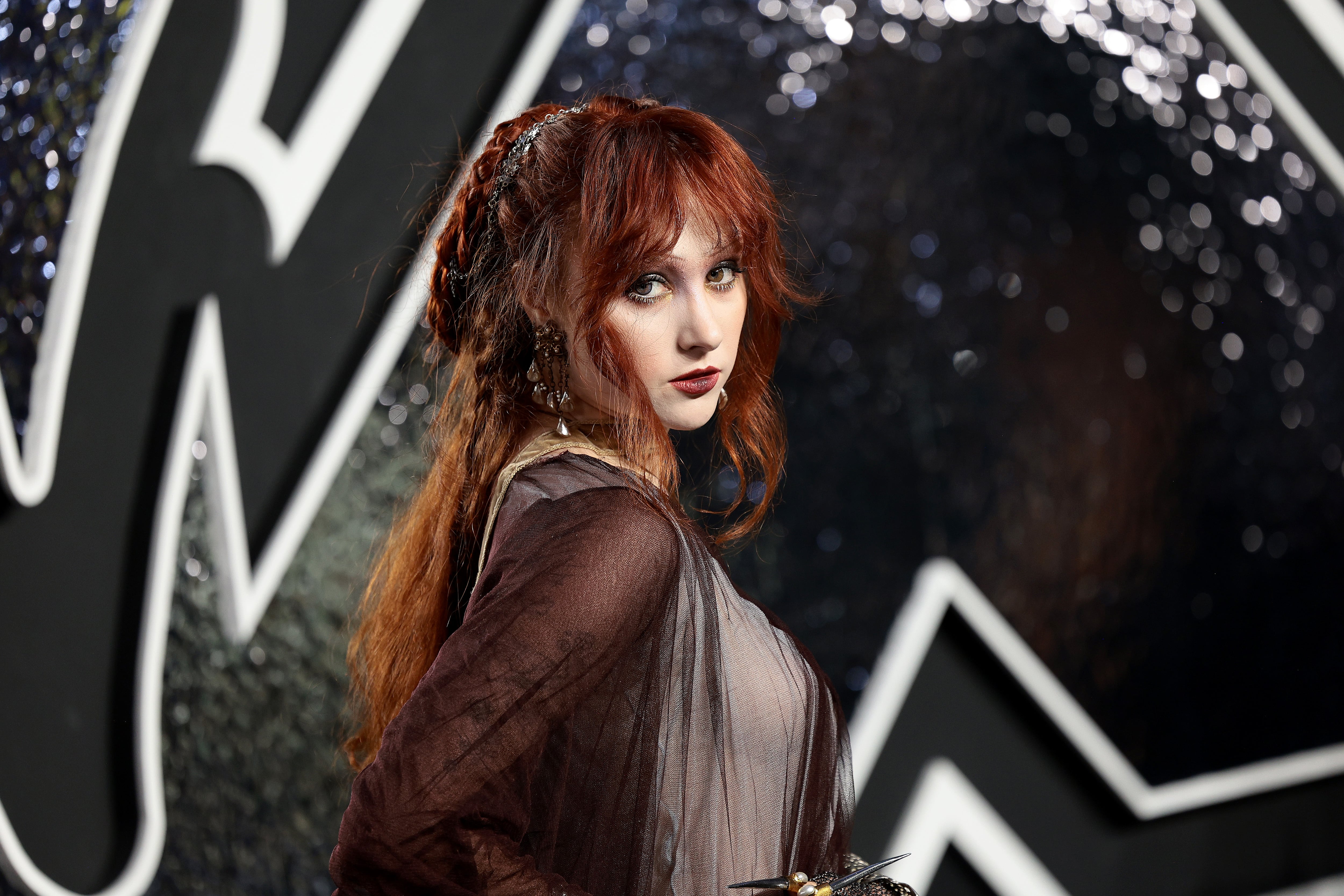Seventeen Days. OK, it was actually 20 days.In less than three weeks I was able to experience excitement, exhaustion, a boostof energy – and the odd bus accident that left my arm stiff, bruised and sore.Welcome to Paris and the 2024 Summer Olympics.I hit the ground running and didn’t catch my breath until I boarded that Air Franceflight on Day 21, starting my 5,600-mile trip back to Los Angeles.Once it began, 15-hour workdays became the new normal. I ended up walking alittle more than 200 miles, coming out to about 440,000 steps. Most of those stepsseemed to be walking up or down stairs and while carrying a 35-pound backpack.
The Opening Ceremony was a bit tough as it rained most of that evening. Themost-challenging part of that night, however, had little to do with the parade ofathletes, the venue or the event itself. While going back to the media center on astanding-room-only shuttle bus, I wondered how well our driver could seethrough his windshield wipers which didn’t seem to be wiping. I got my answermoments later when the driver crashed into a pole. Passengers were failing ontop of each other or whatever obstacle was in the way. My right elbow smashedinto a handrail, leaving my arm black, blue and stiff for over a week.My typical day started by mapping out my strategy. I’d look at my assignmentthen check the event schedule and their locations and go from there. I tried to getto at least two events, sometimes three, depending on their locations.I would gather my gear and if I had time I would grab a little breakfast downstairs.The menu was the same: eggs, cheese, potatoes, assorted breads. It was OK anddid the job. I stayed at the Hotel Tourisme Avenue, which was a quaint little four-star. It was nice, especially when compared to the stories I heard from otherphotographers about their accommodations. Both the air conditioning andshower came in handy with the only knock being the lack of ice. I gladly acceptedthat hurdle, given how some colleagues at other hotels had so many troublesincluding beg bugs, cold showers and no air conditioning.I had two convenient metro stations just outside of the hotel, and I was withinwalking distance to a couple of the venues. In most cases, it took two trains onaverage to get to where I needed to be. If I was going to be shooting track andfield, I would take trains to the main media center and a shuttle to Stade deFrance. Once I got to the stadium, I’d walk (upstairs, of course) around thestadium to the security entrance.
From there, it was off to the media center at the specific venue, where I wouldclaim a locker to store my backpack and computer. Next, I rechecked theschedule of events before going where I needed. The bigger events came with atwist. When it came to shooting the men’s and women’s 100 meters, for example,we had to stake out our spots more than five hours in advance – and wait there.You can’t mark spots ahead of time at the Olympics.
Once the events were finished, usually around 11:30 p.m., I would head back tothe venue’s media center, send my work, gather my gearand shuttle back to the main media center. This late-night shuttle was usuallypacked with tired, hot and sweaty (sometimes grouchy) journalists. After that itwas two more trains – also packed with tired, hot, sweaty people – and a hikeback to my hotel which naturally included more stairs. I would open the door tomy room at about 1 or 1:30 a.m. My back-to-the-hotel routine included a quickcheck for ice. The ice machine at the hotel was miniscule but sometimes therewas enough ice for one cup. I’d shower, work on images for an online gallery,have a sandwich, glance at the next day’s schedule and go to bed at 3 if lucky.There were more than 2,000 photographers from across the world covering theOlympics. Some, like me, arrived with just one reporter, while the larger agencieshad armies of 10-20 photographers. For the most part, everyone worked welltogether and hopefully came home with their own unforgettable experiences.Among my memories will be the goosebumps I felt when the swimmingspectators erupted with deafening cheers as French swimmer Leon Marchandwon his first of four gold medals. And then there was the impressive site ofAmerican swimmer Katie Ledecky dominating the competition while winning goldin the 1,500-meter freestyle.There was the beauty of Eiffel Tower Stadium, where beach volleyball playerswrote their own Olympic history in the shadow of the 137-year-old world famouslandmark. Witnessing Simone Biles win gymnastics gold, or long jumper TaraDavis-Woodhall and hurdles runner Anna Cockrell in a congratulatory embracewhile wrapped in an American flag were special. Davis-Woodhall won gold, whileCockrell took home a silver medal.There was the experience of watching Great Britain’s Megan Keith, who finishedlast in the 10,000 meters, as she was carried home during the final lap by thecheers of 80,000 spectators.The biggest moment for me, however, was shooting a Pool C preliminary rugbymatch between the USA and France. It was played two days prior to the OpeningCeremony, and out without the usual Olympic hype or fanfare. The significance?It meant that I finally made it to the Olympics and I will never be able to thankthose who helped me get here enough.

